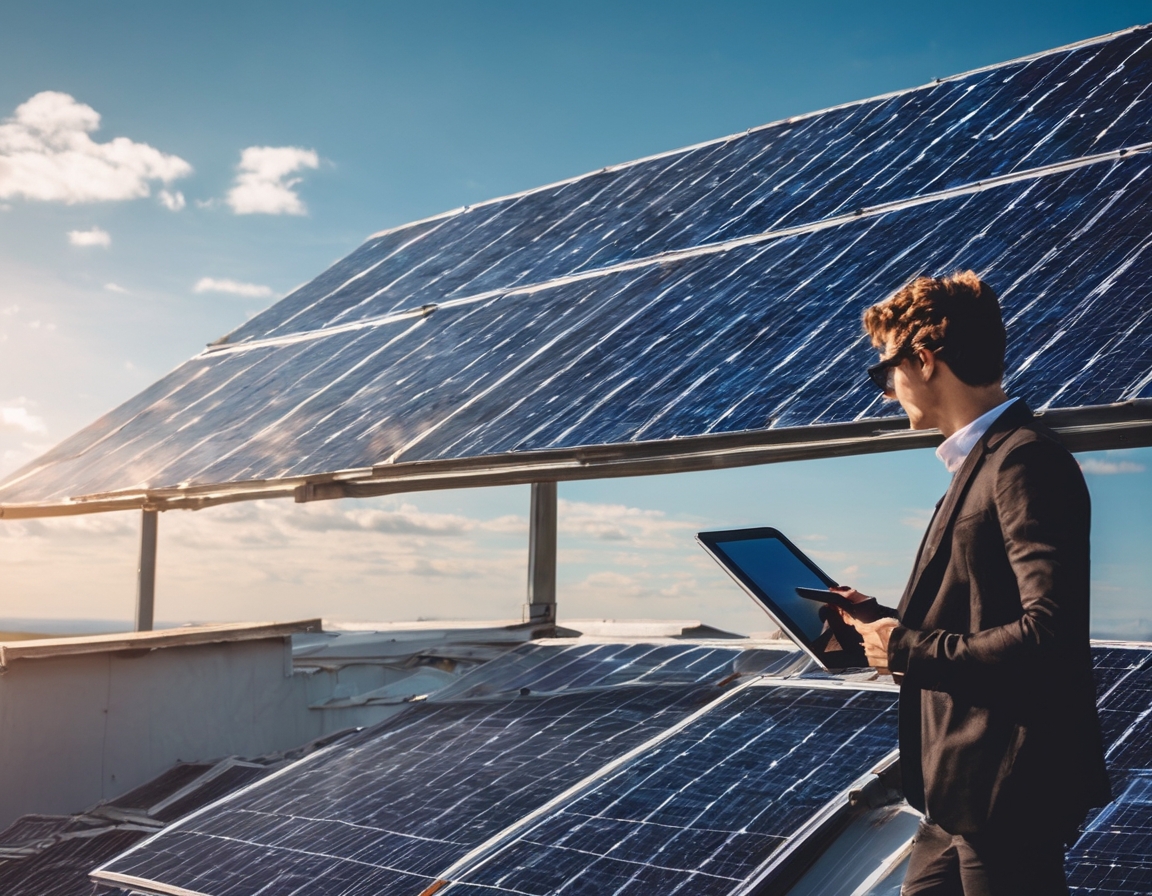How smart energy monitoring can save you money
Smart energy monitoring refers to the use of advanced technologies to track and manage energy consumption in real-time. It is an essential tool for homeowners and businesses aiming to optimize their energy usage, reduce costs, and minimize their environmental impact. As energy prices continue to rise and the demand for sustainable solutions grows, smart energy monitoring has become increasingly important.
Many households and businesses face challenges in managing their energy consumption effectively. Traditional energy meters provide limited insights, often resulting in inefficient energy use and higher bills. Additionally, the lack of real-time data makes it difficult to identify energy wastage and implement timely corrective measures.
Benefits of Smart Energy Monitoring
One of the primary benefits of smart energy monitoring is the ability to access real-time data on energy consumption. This allows users to identify patterns, detect anomalies, and make informed decisions about their energy use. With detailed insights, homeowners and businesses can pinpoint areas of inefficiency and take proactive steps to address them.
By providing a clear picture of energy usage, smart energy monitoring enables users to implement energy-saving strategies that lead to significant cost reductions. Whether it's adjusting heating and cooling schedules, optimizing appliance usage, or investing in energy-efficient technologies, the potential for savings is substantial.
Smart energy monitoring not only helps reduce costs but also contributes to environmental sustainability. By minimizing energy waste and promoting efficient usage, it supports efforts to lower carbon footprints and conserve natural resources. This aligns with the growing demand for eco-friendly practices among environmentally conscious individuals and businesses.
How Smart Energy Monitoring Works
Smart energy monitoring systems typically consist of sensors, meters, and software platforms that work together to collect and analyze energy data. These components communicate via wireless networks, providing users with real-time access to their energy consumption information through mobile apps or web interfaces.
Many smart energy monitoring solutions are designed to integrate seamlessly with existing smart home systems. This allows users to control and automate various aspects of their energy usage, such as lighting, heating, and cooling, from a single platform. The integration enhances convenience and further optimizes energy efficiency.
Practical Tips for Implementing Smart Energy Monitoring
When selecting a smart energy monitoring system, it's important to consider factors such as compatibility with existing devices, ease of use, and the level of detail provided by the data. Researching different options and reading user reviews can help in making an informed decision.
Installing a smart energy monitoring system typically involves setting up sensors and meters, connecting them to a network, and configuring the software. While some systems are designed for DIY installation, others may require professional assistance to ensure optimal performance.
To fully leverage the advantages of smart energy monitoring, users should regularly review their energy data, set goals for reducing consumption, and adjust their habits accordingly. Engaging with the system's features, such as alerts and recommendations, can further enhance energy savings.
Common Misconceptions about Smart Energy Monitoring
Despite its benefits, some individuals may have reservations about adopting smart energy monitoring. Common misconceptions include concerns about privacy, complexity, and cost. However, modern systems are designed with robust security measures, user-friendly interfaces, and affordable pricing, making them accessible to a wide range of users.
It's important to recognize that smart energy monitoring is not just about cutting costs; it's about empowering users to take control of their energy consumption and contribute to a more sustainable future. By dispelling myths and highlighting the true value of these systems, more individuals and businesses can be encouraged to make the switch.






Comments (0)